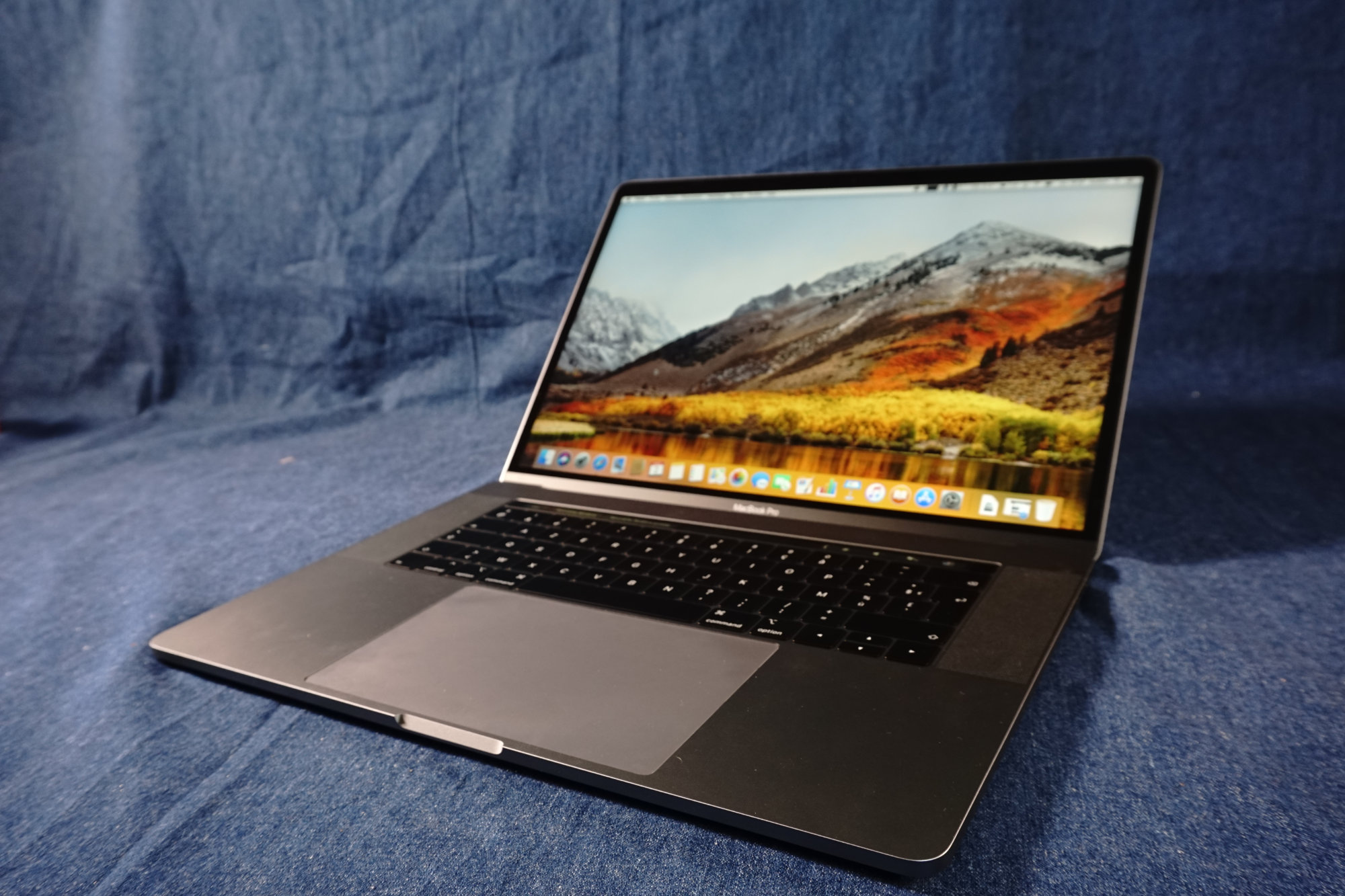

For my work in engineering and software development, this is a good amount of memory for a laptop (though I still like 64-128 GB on a desktop). When I reviewed the 2016 MacBook Pro, one thing I lamented was the 16 GB memory limitation, and thankfully that has been fixed - the 2018 model now offers up to 32 GB. Folks longing for more key travel (real or simulated) won’t find it, but if you liked the old keyboard you’ll like this new one even more. Overall, the new keyboard feels more precise and direct, but behaves much the same. On the new keyboard, the keys are firmly centered.

Finger a key on the old keyboard and you can wiggle it. In addition, lateral play is greatly reduced. Whereas the old keyboard had a bit of clack to it, on both the down stroke and the up stroke, the new keyboard has a muted pop in both directions. Chief among them is noise, or lack of it. The keyboard on the new MacBook Pro looks familiar, but it’s a third generation butterfly keyboard with some noticeable improvements. It’s a great feature to have on a laptop that will be used for visually intensive work in a wide range of ambient lighting conditions. Outdoors, it goes in the opposite direction and gives whites a natural daylight tint. Indoors, in rooms with warm lighting, the old screen makes whites look blue and harsh but the new screen is warm and easy on the eyes. The difference is quite stunning and may be reason enough to upgrade to this new model. The display on the new MacBook Pro is a 15.4” Retina display with 2880x1800 resolution, just like my old model, but the new MacBook Pro has a True Tone adaptive display (controlled by a new Apple T2 chip, which also handles chores like encrypted storage and booting, Hey Siri, and all the duties of the old T1 chip). The 2.9 GHz CPU can turbo boost to 3.6 GHz, and if that’s not enough for you, it can also “thermal velocity boost” to as high as 4.8 GHz, load and temperature permitting. My test unit came equipped with a 2.9 GHz Intel i9 processor with 6-cores (a Core i9-8950HK to be specific, part of Intel’s Coffee Lake family), 32 GB of 2400 MHz DDR4 memory, an AMD Radeon Pro 560X discrete GPU with 4096 MB (low power graphics are handled by an Intel UHD 630 integrated GPU with 1536 MB), and a 4TB SSD. This 15” space gray MacBook Pro looks just like the 2016 model I purchased about 18 months ago, but on the inside it has some big changes. I’ve been using Mac laptops for a long time, going back to the very first portable Apple ever made, so I was really excited when Apple sent me a new MacBook Pro to test and review.


 0 kommentar(er)
0 kommentar(er)
